During spring, winter and autmn the nitrate and phosphate pollution experienced at Loe Pool on the Penrose estate Helston, Cornwall is invisible. Only in summer when the blue/green algy blooms and forms in large rafts seriously degrading the water quality (blocking out sunlight and thus inhibiting the growth of aquatic plantlife and preventing it from thriving) are we reminded again that this problem, caused by agricultural and domestic pollution, is still here and remains to be a serious problem leaving a devasting effect on its ecology. Although much has been done to try to rectify the problem it is often not until the potential threat of a 'blot on the landscape' becoming real can the extent of a problem be made a tangible experience to vistors all year round. 'Water Treatment Plant' is an attempt to further explore by visual means the problem of the invisible pollution in the pool and present a number of scenarios that, while being perhaps contentious, allow us to consider other possible conclusions that might be necessary to turn the problem around. 'Water Treatment Plant’ is intended to be a functional facility that is to be built in the heart land of the Penrose estate near Helston, Cornwall. Its particular position would have been on the banks of Loe pool in full view of the main house. The utilitarian industrial design, deliberately intended to be obtrusive for its setting, uses temporary scaffolding, plywood exterior walls, doors and a corrugated roof. Installed inside the structure a working model of a working water treatment plant and uses the same principals utilised by Hans Haacke in his work 'Rhine water Purification Plant', installed at Museum Haus Lange, Krefeld, Germany in 1972. The physical presentation of 'Water Treatment Plant’ was to cause an abrupt intrusion in the sublime landscape at Penrose. Is this kind of interaction necessary? And if not, what other options are there?
skip to main |
skip to sidebar
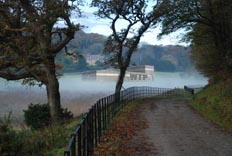
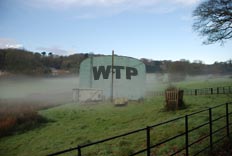

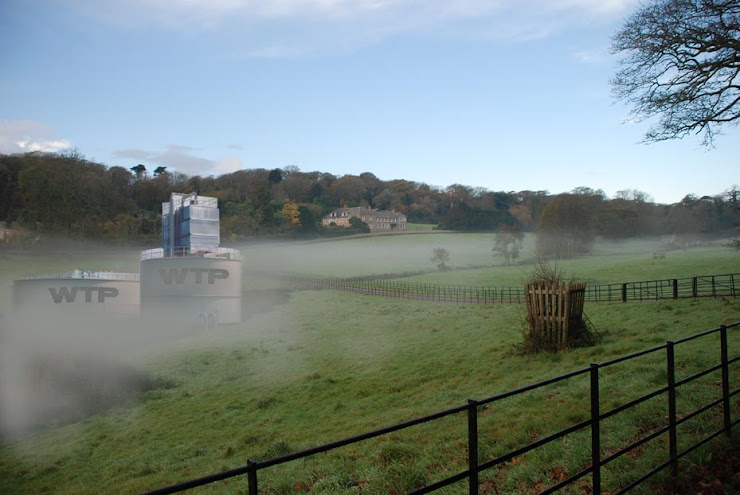
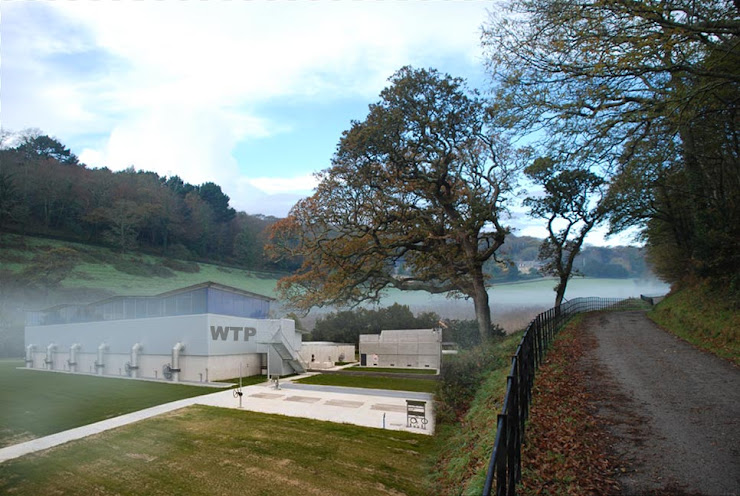

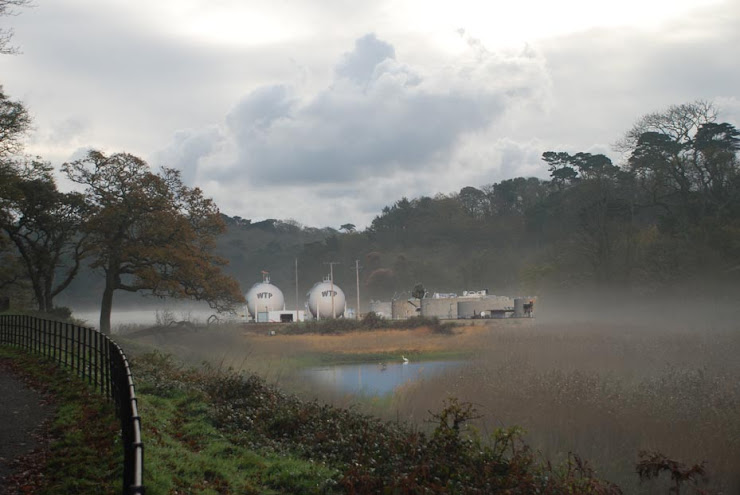
making the invisible visible
As an artist I am motivated by the history of the landscape, its changing use and the working processes and that occur there. As a subject matter, Cornwall’s natural environment, geographical position and cultural history are distinctive. My interest in responding to issues that relate to the landscape is further informed by my experience and involvement in nature conservation over the last decade. During a year long [2007-2008] artist residency with the National Trust I have used natural material from traditional land management techniques to create visual dialogues about our relationship with the landscape and its changing use by drawing on social/historical/ecological contexts. The residency was designed to initiate artists’ responses in a variety of media to a wide range of issues that affect the properties under the management of the NT. These included, for example, issues such as small and large scale environmental pollution, visitor pressure and the effects of climate change on their management practices.
Bruce Davies, February 2008.
Bruce Davies, February 2008.
Option 6

Option 7

Option 1

Option 2

Option 3

Option 4

Option 5
